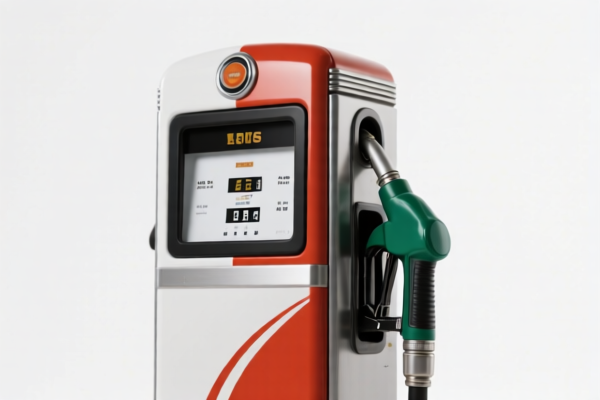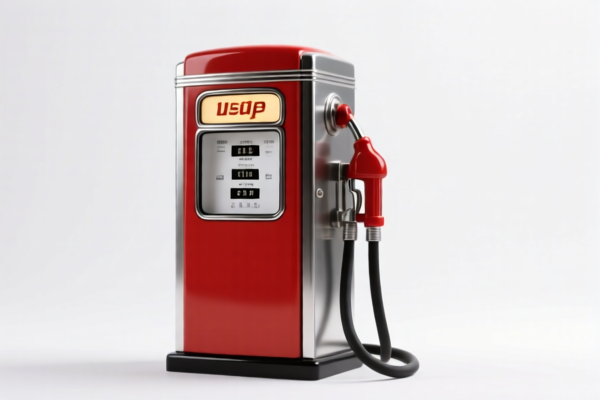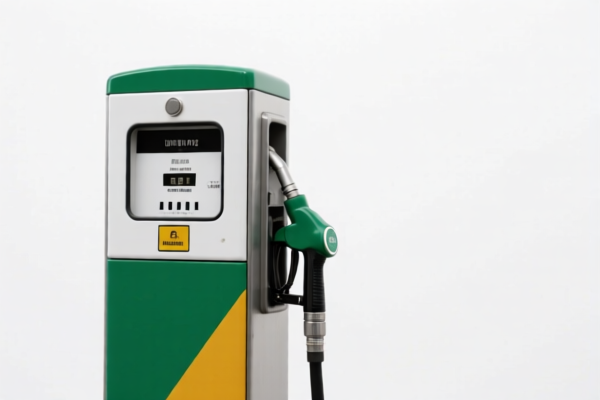| HS Code | Official Doc | Tariff Rate | Origin | Destination | Effective Date |
|---|---|---|---|---|---|
| 8413702090 | Doc | 55.0% | CN | US | 2025-05-12 |
| 8413919096 | Doc | 55.0% | CN | US | 2025-05-12 |
| 8479899599 | Doc | 57.5% | CN | US | 2025-05-12 |
| 8479899599 | Doc | 57.5% | CN | US | 2025-05-12 |
| 7326908688 | Doc | 82.9% | CN | US | 2025-05-12 |
| 7326908688 | Doc | 82.9% | CN | US | 2025-05-12 |




Circulating Pump
A circulating pump is a type of pump used to move fluids—liquids or gases—through a closed circuit. Unlike pumps that move fluids from one location to another (like a well pump), circulating pumps are designed to continuously move fluid within a system, maintaining flow and pressure.
Material
Circulating pumps are constructed from a variety of materials depending on the fluid being circulated and the operating conditions. Common materials include:
- Cast Iron: Often used for pump housings due to its durability and cost-effectiveness, particularly in water-based systems.
- Stainless Steel: Preferred for corrosive fluids or applications requiring higher hygiene standards (e.g., food processing, pharmaceutical). Grades like 304 and 316 stainless steel are common.
- Bronze: Used for seawater applications due to its resistance to corrosion.
- Thermoplastics (e.g., Polypropylene, PVC): Suitable for lower-temperature, chemically compatible fluids.
- Ceramics/Graphite: Used for pump components in highly corrosive or abrasive applications.
- Elastomers (e.g., Viton, EPDM): Used for seals and gaskets, chosen for compatibility with the circulating fluid.
Purpose
The primary purpose of a circulating pump is to maintain consistent flow and temperature within a closed-loop system. This is achieved by overcoming friction losses within the pipes, heat exchangers, and other components of the system.
Function
A circulating pump functions by converting rotational energy into hydraulic energy. A motor drives an impeller, which accelerates the fluid, increasing its velocity and pressure. The pump then discharges the fluid into the system, creating a continuous flow. Key components include:
- Motor: Provides the power to drive the pump.
- Impeller: The rotating component that imparts energy to the fluid. Impeller design (radial, axial, mixed-flow) influences the pump’s performance characteristics.
- Volute/Diffuser: Collects and directs the fluid discharged by the impeller, converting velocity energy into pressure energy.
- Shaft: Connects the motor to the impeller.
- Seals: Prevent leakage of the circulating fluid.
- Bearings: Support the shaft and reduce friction.
Usage Scenarios
Circulating pumps are used in a wide variety of applications:
- HVAC Systems: Maintaining water flow in heating and cooling systems for buildings, including radiators, fan coil units, and chilled water loops.
- Boiler Systems: Circulating water or steam in boiler loops to transfer heat.
- Industrial Cooling: Maintaining coolant flow in machinery, processes, and reactors.
- Solar Heating Systems: Circulating heat transfer fluid through solar collectors and storage tanks.
- Aquaculture & Fish Farms: Maintaining water circulation and oxygen levels.
- Food Processing: Circulating fluids for temperature control and mixing.
- Pharmaceutical Manufacturing: Maintaining fluid circulation in bioreactors and other process equipment.
- Swimming Pools & Spas: Circulating water for filtration and temperature control.
- Geothermal Systems: Circulating fluid through ground loops.
Common Types
- Centrifugal Pumps: The most common type. Use a rotating impeller to increase fluid velocity and pressure. Subtypes include:
- End-Suction Pumps: Fluid enters the pump axially.
- In-Line Pumps: Designed to be installed directly in a pipeline.
- Self-Priming Pumps: Capable of removing air from the suction line.
- Multi-Stage Pumps: Use multiple impellers to achieve higher pressures.
- Circulator Pumps (Wet Rotor): Commonly used in HVAC systems. The motor is submerged in the circulating fluid, providing quiet operation and efficient heat dissipation.
- Magnetic Drive Pumps: Use magnetic coupling to drive the impeller, eliminating the need for a mechanical seal. Suitable for corrosive fluids or applications requiring zero leakage.
- Gear Pumps: Use rotating gears to displace fluid. Suitable for viscous fluids.
- Screw Pumps: Use rotating screws to displace fluid. Suitable for viscous fluids and shear-sensitive fluids.
Circulating pumps are devices used to move liquids, often within a closed loop system. They are employed in various applications such as heating, ventilation, and air conditioning (HVAC) systems, water supply, and industrial processes. Based on the provided information, the following HS codes may be relevant:
- 8413702090: This HS code covers pumps for liquids, whether or not fitted with a measuring device; liquid elevators; part thereof: Other centrifugal pumps: Other Other: Other. This is a broad category encompassing many types of liquid pumps, including centrifugal pumps which are commonly used as circulating pumps. The total tax rate is 55.0%, comprised of a 0.0% base tariff, a 25.0% additional tariff, and a 30% additional tariff effective April 2, 2025.
- 8413919096: This HS code refers to pumps for liquids, whether or not fitted with a measuring device; liquid elevators; part thereof: Parts: Of pumps: Other Other. If the declared goods are components or parts of a circulating pump, this HS code would be applicable. The total tax rate is also 55.0%, with the same tariff structure as 8413702090 (0.0% base, 25.0% additional, and 30% additional effective April 2, 2025).
According to the provided reference material, the HS code options related to 'circulating pump' are limited, with only the following 2 found.
Customer Reviews
No reviews yet.